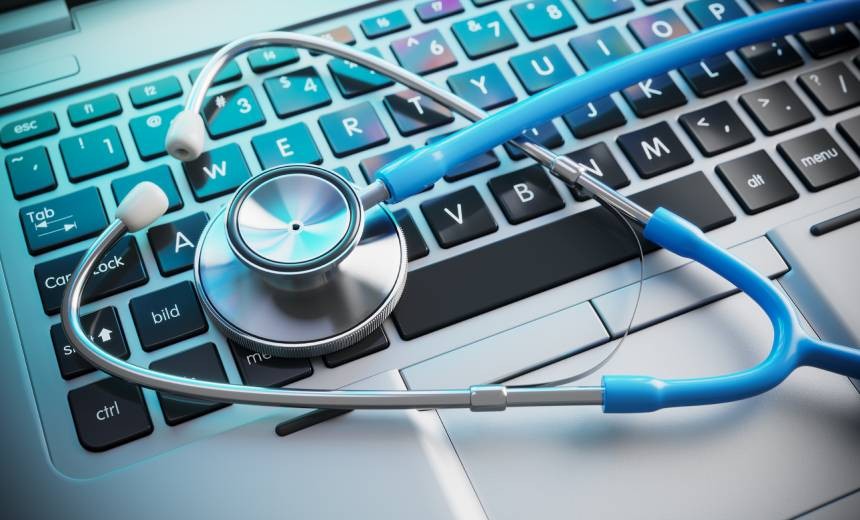As technology integrates into healthcare, EMRs and EHRs enhance patient care but also create vulnerabilities cybercriminals can exploit.
With sensitive data stored electronically, healthcare organizations are prime targets for cyberattacks, with breaches costing over $10 million.
EMRs are highly valued on the dark web, surpassing credit card or Social Security numbers due to their permanence.
Healthcare organizations are prioritizing cybersecurity investments, including data encryption, secure deletion, training, and timely system patching to protect operations.
Patch management in healthcare faces challenges like limited resources, alert fatigue, outdated tools, and disruptions that impact operations and care.
Many healthcare providers adopt automated live patching, allowing real-time updates without downtime, closing security gaps and reducing vulnerability.
This approach improves compliance, cybersecurity, and minimizes disruption, addressing traditional patching challenges with a smarter, proactive solution for critical infrastructure.
Insider threats are also a concern, requiring robust staff training to prevent mistakes like phishing clicks or misrouted sensitive information.
Ongoing cybersecurity awareness programs teach employees threat detection, strong passwords, and digital hygiene, transforming them into active security defenders.
With smart investments in automation, live patching, and education, healthcare providers can protect data, ensure continuity, and stay ahead of threats.




















